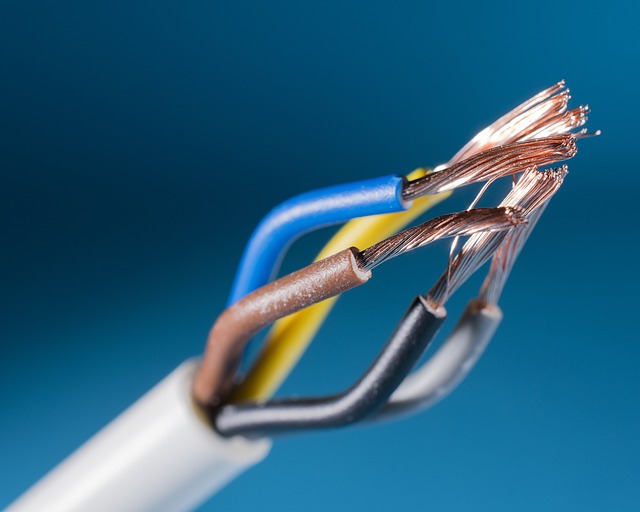
Cables form the nervous system of our modern electrical and electronic world. Whether it’s for powering devices or transmitting data, the integrity of cables is essential. Over time, cables can suffer from various forms of damage such as fraying, cuts, kinks, and even internal wire corrosion, often due to overbending, environmental exposure, or constant abrasion. Understanding the causes and implementing strategies to prevent cable damage is crucial for maintaining the functionality and safety of your electrical systems.
Identifying and Understanding Cable Damage
Damage to cables can manifest in several ways. Physical damage, like fraying or cuts, is the most obvious and often occurs from improper handling or environmental stress. Internally, cables can suffer from broken conductors or insulation breakdown, which may be less visible but can lead to short circuits or malfunctions. Overbending and tightly coiling cables can also cause internal damage, affecting the cable’s performance. Environmental factors such as UV exposure, moisture, chemicals, and extreme temperatures can further exacerbate these issues, compromising cable integrity over time.
Effective Ways to Prevent Cable Damage
Preventing cable damage primarily involves proper handling and the use of protective accessories:
- Proper Installation: Ensure cables are installed without overstretching or pinching, and that they follow the appropriate routing without acute bends.
- Cable Management Solutions: Employ cable clips, ties, and trays to securely organize cables, preventing tangling and reducing stress.
- Protective Sleeving: Use braided sleeving or conduit for added protection, especially where cables are exposed to harsh environmental conditions.
- Regular Inspections: Periodically check cables for signs of wear and tear. Look for exposed wires, discoloration, or changes in texture.
- Correct Usage: Avoid using cables for anything other than their intended purpose, and respect the power or data capacity limits.
- Environmental Considerations: Where possible, route cables away from areas with high foot traffic, potential water exposure, or direct sunlight.
- Quality Materials: Invest in cables with robust insulation and durable materials suitable for the intended environment.
Indicators of Potential Cable Damage
Stay vigilant for warning signs like flickering lights, intermittent connectivity, or a buzzing sound, as these can indicate potential cable damage. Additionally, the outer jacket of the cable should be intact without any noticeable bulges or heat spots.
Conclusion
Preventing cable damage is about taking proactive steps and adopting good practices. Through proper installation, regular maintenance, and the use of appropriate protective accessories, the longevity and reliability of your cables can be significantly increased. It’s not just about the immediate functionality; preserving cable integrity is also about safety and avoiding the costs associated with unplanned downtime and repairs. With these strategies in place, you can ensure your cables serve their purpose effectively over their intended lifespan.

